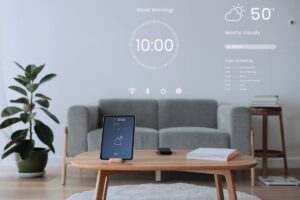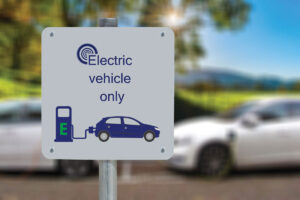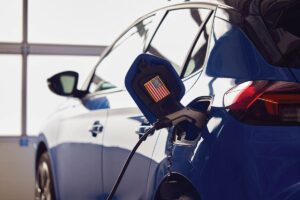 Last month, I wrote about which processor to choose when buying a computer. This month’s column will focus on the next major piece of hardware you should consider when making a computer purchase – your hard drive.
Last month, I wrote about which processor to choose when buying a computer. This month’s column will focus on the next major piece of hardware you should consider when making a computer purchase – your hard drive.
Before we get started, I want to be as specific as possible. When I refer to a “hard drive” I don’t mean the entire computer sitting there at your desk. So many times, people talk about the system unit, calling it a hard drive. The hard drive is actually a piece inside the system unit, on which is stored all of your data. Those pictures you took of the grandkids at Christmas or that giant fish you caught on vacation are stored there along with your digital tax records, school work and (in my case) copies of a certain monthly column.
So, this is a pretty important device right?
Now, I know some of you out there have a working knowledge of RAID configurations, have a NAS running at home, etc. But, for the purposes of this article, let’s keep it to two categories when discussing hard drives: storage capacity and performance.
First, there’s storage capacity. It’s amazing how inexpensive hard drives are these days. When one of the first hard drives, IBM’s Model 350, came out over 50 years ago, it could store 5 megabytes of data and cost around $185,000. Add photo of IBM hard drive being loaded on plane. (As you can see by the photo, it was also the size of a modern copy machine!) To contrast that with today’s hard drives, you can now easily purchase a 1 terabyte hard drive for under $100. Since 1 terabyte is equal to 1,048,576 megabytes, you can see just how far we’ve come in storage capacity. But, how much do you need?
Well, that answer isn’t necessarily the same for everyone. You’re going to have to think about your own personal use. Do you take lots of digital photos, or maybe even video? If so, you’ll need more space to store those things. If not, you can settle for something a little smaller. Of course, you also need to take into account the second category before making your final decision – performance.

Up until very recently, performance was pretty easy to pick in hard drives. I would simply tell people that for home computers they should purchase a 7200 RPM hard drive, with as much cache as possible and call it a day. Now, however the game has changed.
We now have solid-state (SSD) hard drives available. They are built using a similar technology to those little thumb drives everyone has. SSD drives are an exponential leap in performance over traditional hard drives because they eliminate the need for a spinning disk. As an example, I can start up my older computer (with a standard hard drive), and my new one (with a SSD) at the same time and the new one will be on and ready to go a good 2 minutes before the old one. And the benefits just keep adding up. Every application opens faster, documents are retrieved faster, searching is faster. It’s just faster all around.
Of course, there’s a downside – price.
These drives are still relatively new to the market, so they cost more. They’re also not standard in most computers you buy “off-the-shelf” at retail locations. The bigger ones are so much that for most people they’re cost prohibitive. But, there’s a definite work-around.
Here’s what I suggest. If you’re in the market for a new computer, or just want to upgrade your old one, get a 120GB or 250GB SSD hard drive (depending upon your budget.) At the same time, purchase yourself an external 1TB or larger hard drive and use it to store all of your data. Now, you have the best of both worlds. Applications will load faster. Your computer will boot faster, and you’ll still have plenty of room to save all those family vacation photos.
Next month, I will finish up this series on computer shopping with a discussion on all of those “other” parts. In the meantime, if you’re purchasing a computer, remember – it’s not about brand, it’s about what’s inside the box.








